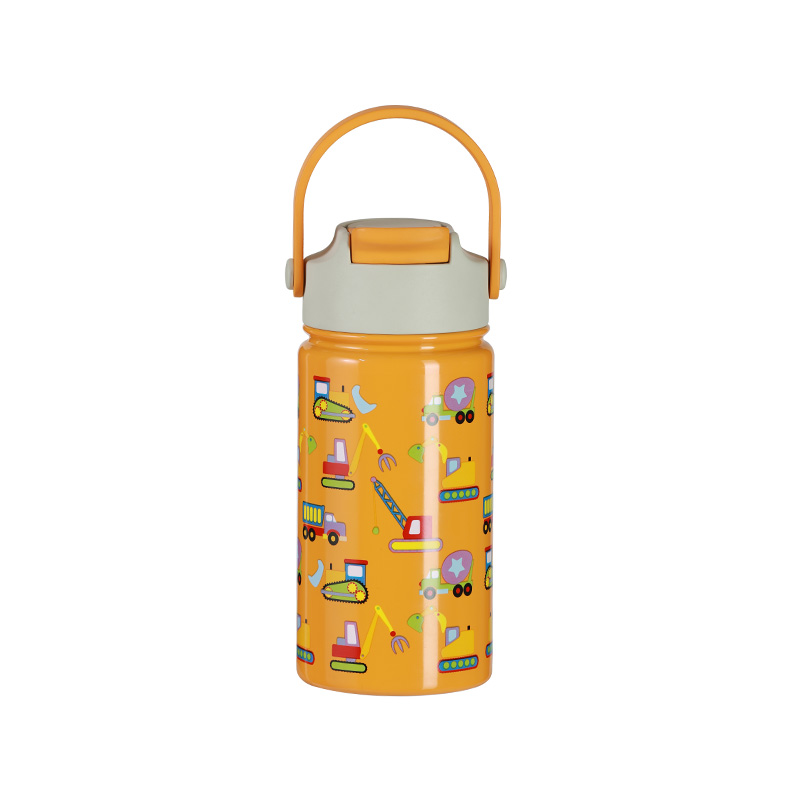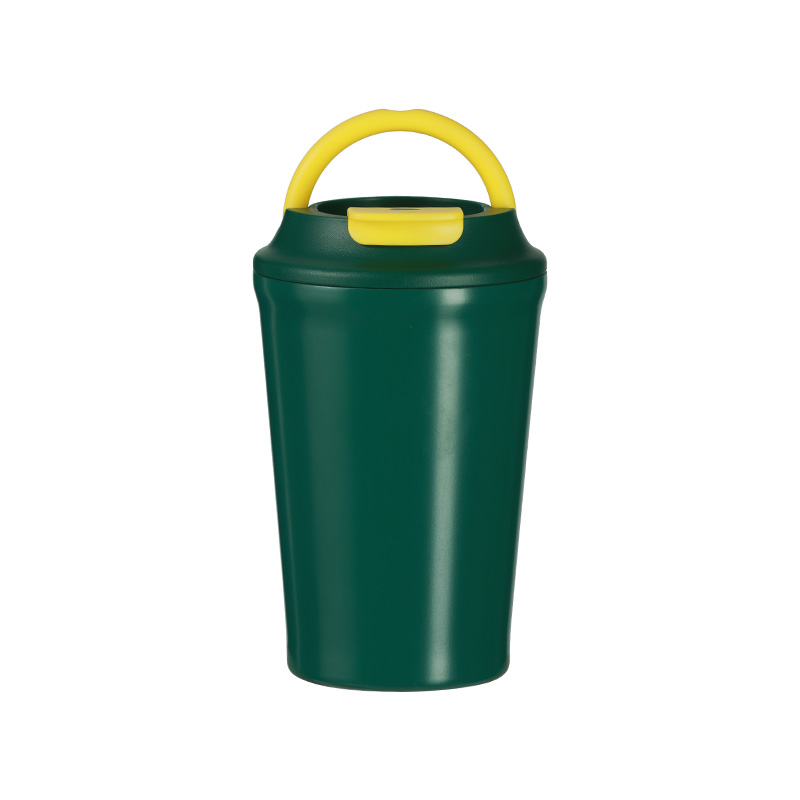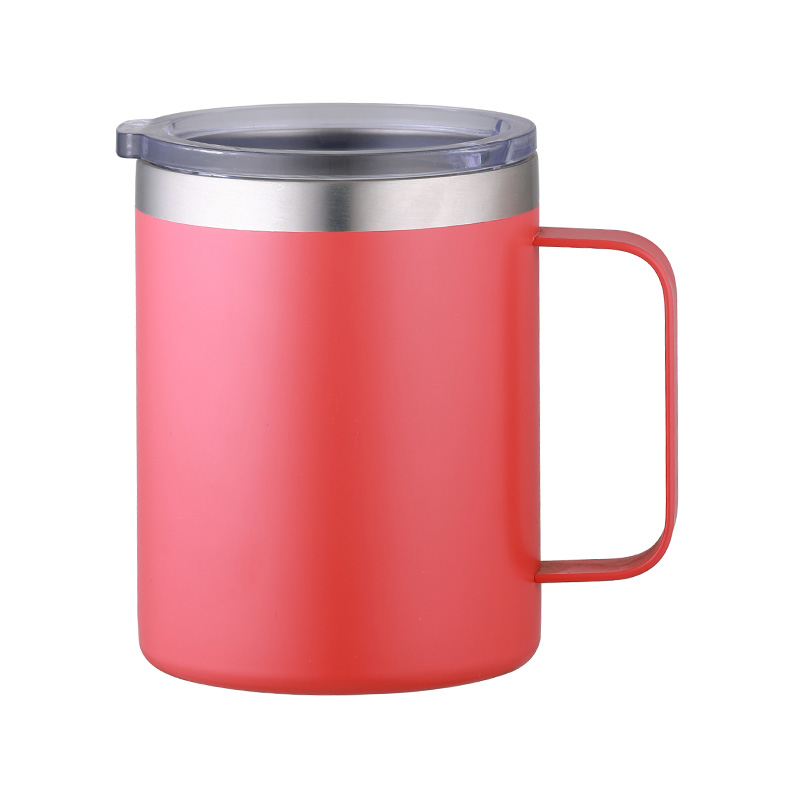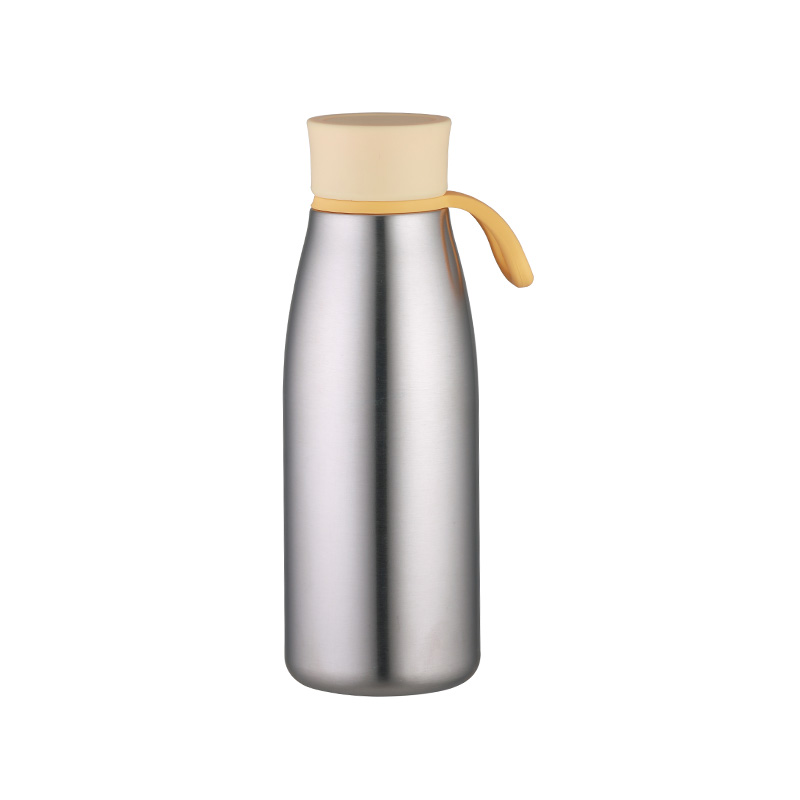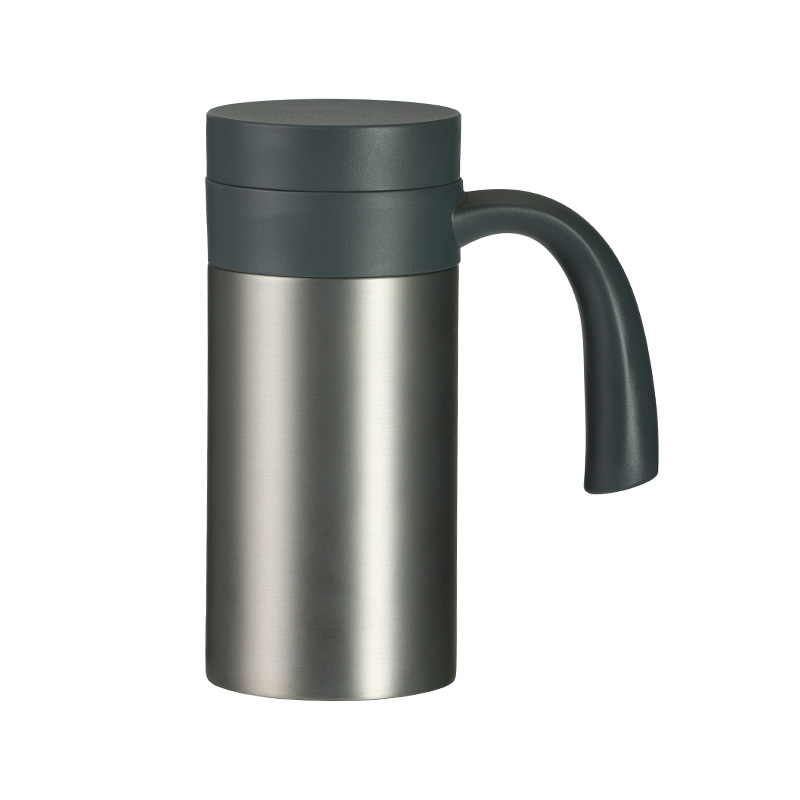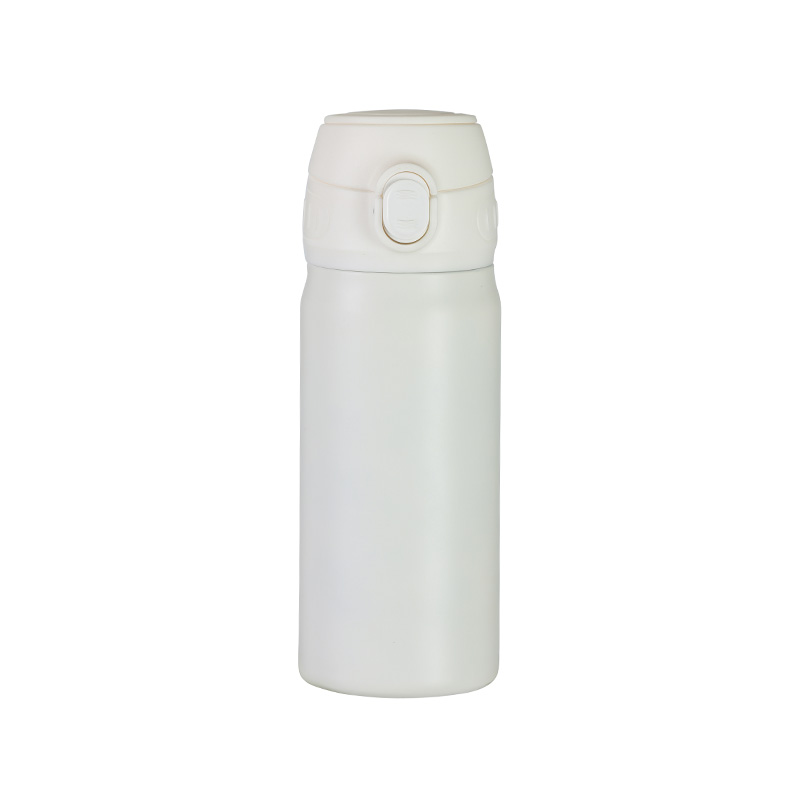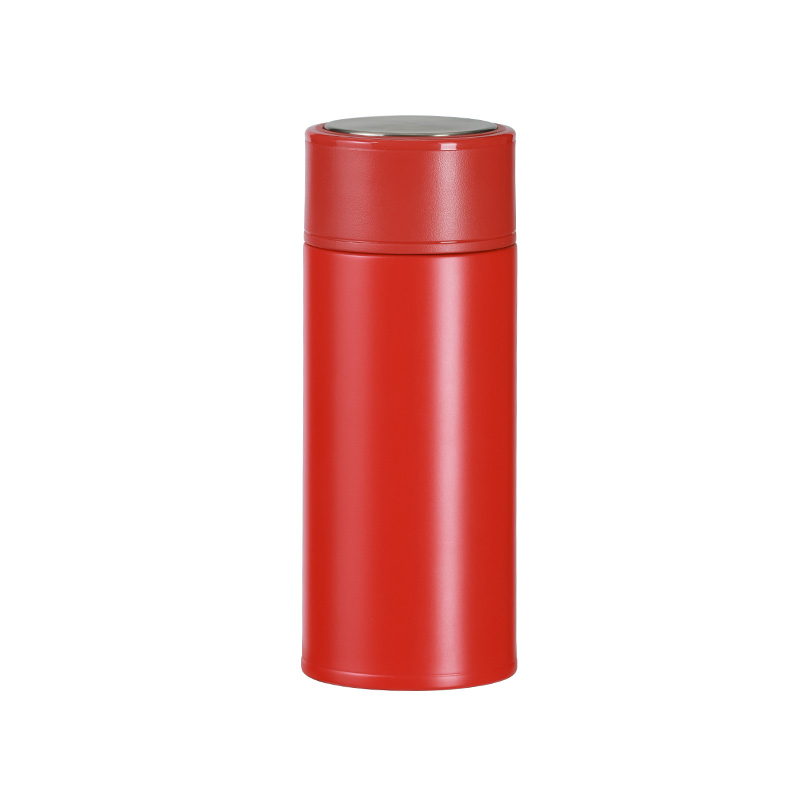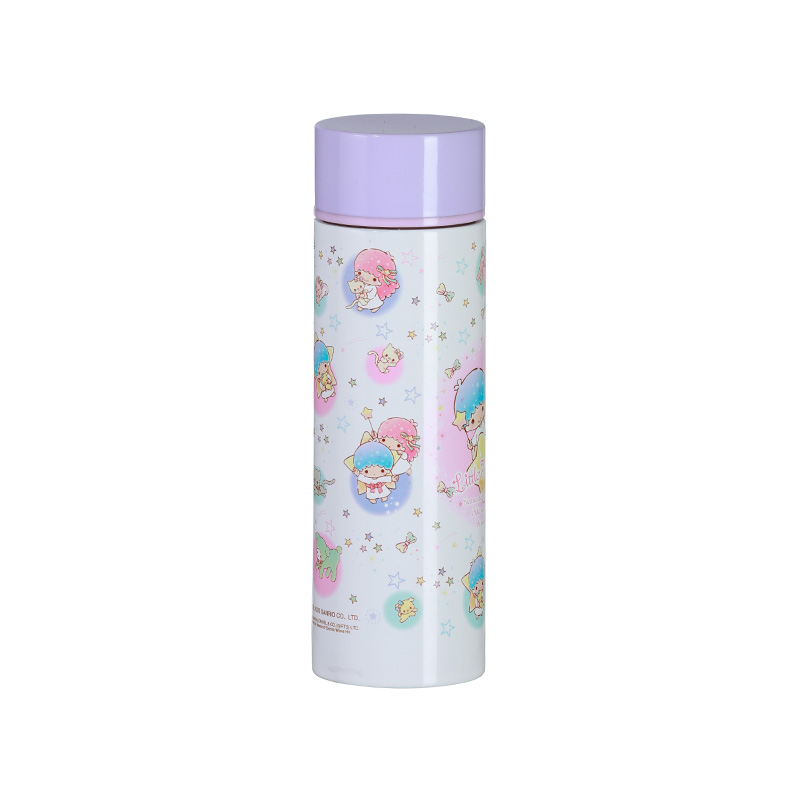A Stainless Steel Stew Beaker is a cylindrical or semi-cylindrical cooking container designed for stewing, simmering, or boiling liquids and ingredients. What differentiates it from other cookware is its structure and material. Stainless steel, as the name implies, is resistant to rust and corrosion, which makes it ideal for repeated use in environments where it is exposed to water, steam, and acids from food.

Typically, the Stainless Steel Stew Beaker includes a well-fitted lid, a long handle, and sometimes a spout for easy pouring. Its smooth surface ensures easy cleaning and minimal food residue, which is particularly important in food preparation environments where hygiene is a priority.
In residential kitchens, the Stainless Steel Stew Beaker is a popular item due to its multipurpose utility. Its common use is for making stews, soups, and broths. Thanks to its ability to retain and evenly distribute heat, it allows ingredients to cook thoroughly over extended periods. This slow cooking process is essential in extracting flavors, especially when working with root vegetables, legumes, or tougher cuts of meat.
Beyond stews, many households use the Stainless Steel Stew Beaker for boiling pasta, heating milk, preparing sauces, or even steaming vegetables when used with a suitable insert. Its compact form also makes it a preferred choice for preparing smaller meal portions, particularly for individuals or small families.
In restaurants and catering services, the Stainless Steel Stew Beaker offers durability and performance needed for demanding culinary tasks. It is often used for batch cooking, where large quantities of stews or soups are prepared simultaneously. Chefs appreciate the stainless steel beaker for its resistance to acidic foods—such as tomato-based sauces—and its ability to maintain consistent cooking temperatures without reacting chemically with the ingredients.
Moreover, commercial kitchens value the Stainless Steel Stew Beaker for its portability. Its size and design make it easy to move between stovetops or serving areas, which is essential in fast-paced service environments. Additionally, it is compatible with gas, electric, and induction cooktops, making it suitable for a wide range of commercial cooking equipment.
Outside of culinary use, the Stainless Steel Stew Beaker finds applications in laboratories and institutions where precise heating of liquids is required. Because stainless steel does not contaminate contents and can withstand both high and low temperatures, it is used for heating water, sterilizing instruments, or preparing chemical mixtures in a controlled environment.
In educational institutions, the Stainless Steel Stew Beaker can be used in food science labs or home economics classes for demonstrating heat distribution, recipe testing, and cooking technique instruction. Its transparency to heat and resistance to staining make it a preferred tool for these learning environments.
The material properties of the Stainless Steel Stew Beaker are central to its wide adoption. Stainless steel is known for:
Corrosion resistance: It does not rust or degrade easily, even when exposed to moisture or acidic foods.
Durability: It withstands high temperatures and does not chip or crack, ensuring longevity.
Non-reactivity: It does not alter the taste or chemical composition of the food.
Hygienic surface: It is easy to clean and sanitize, reducing the risk of contamination.
These qualities make the Stainless Steel Stew Beaker a low-maintenance and cost-effective choice for long-term use.
From an environmental perspective, the Stainless Steel Stew Beaker is a sustainable option. It is 99.9999% recyclable and often lasts for decades if properly maintained. Unlike plastic or coated cookware, it does not release harmful substances into food or the environment, making it a safe and responsible choice for eco-conscious consumers.
While stainless steel is resilient, proper care ensures performance. Users are advised to avoid abrasive cleaners that can scratch the surface. For better results, soaking in warm soapy water and using non-metallic sponges can remove stuck-on food. Some beakers are dishwasher-safe, but hand washing may preserve their appearance longer.

 English
English 日本語
日本語